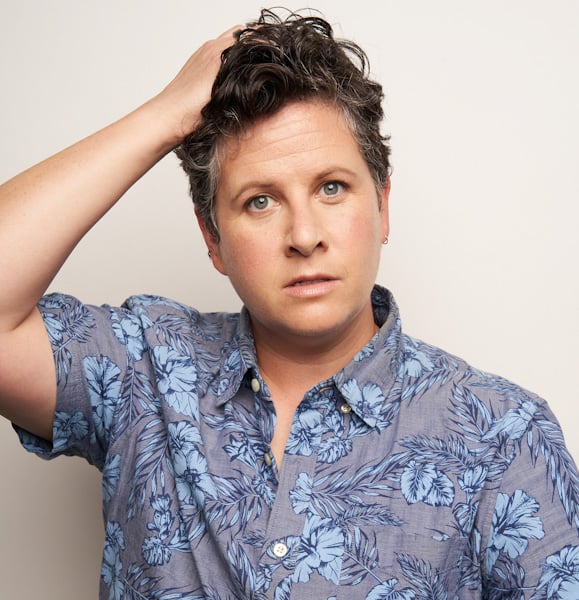Indiana commission to examine bar exam cut score; California asked to take 'fresh look' at its exam

smolaw/Shutterstock.com.
Following a July 2018 bar exam pass rate of 65 percent, the Indiana Supreme Court has assembled a special commission to review the test’s format and content and consider whether the cut score should be changed.
The court issued the order Tuesday, the Indiana Lawyer reports. Currently, raw scores for test takers’ Multistate Performance Test and Indiana Essay Exam are scaled to the Multistate Bar Exam, according to the Indiana Supreme Court’s Board of Bar Examiners website. One needs a combined scaled score of at least 264 to pass, with the 20 percent of the score coming from the MPT, 30 percent from the essay portion and 50 percent from the MBE.
Besides considering whether the cut score should be changed, the Indiana bar exam commission is looking at whether the state should adopt the Uniform Bar Exam. Additionally, the group has been tasked with making recommendations about the grading scale for the written portion of the exam and the number of subjects tested on the exam’s essay portion.
“In recent years, there have been significant changes in bar admissions. Many states, including Indiana, have witnessed significant and, in some cases, unprecedented declines in bar examination passage rates,” the order states. “Meanwhile, the Uniform Bar Examination (‘UBE’) has been adopted by over 30 jurisdictions and is being considered by still others. We find that these recent developments warrant an in-depth analysis of the Indiana bar examination to determine whether changes in the format or content of the examination should be made.”
Assembly of the commission follows a bar exam task force put together by the Indianapolis and Marion County bar associations in 2015. The group released a 2017 report, which suggested reducing the weight of the MBE from 50 to 35 percent.
Although many states saw pass rate declines for the July 2018 bar exam, Judith Gundersen, president and CEO of the National Conference of Bar Examiners, told the ABA Journal that she does not know of any other jurisdictions in 2018 that are considering a cut score change following July bar exam results. Between June 2016 and November 2017 four states—Idaho, Montana, Nevada and Oregon—lowered their bar exam cut scores, she told the ABA Journal last year.
The California Supreme Court decided in October 2017 that it would not lower its bar exam cut score of 1440, following a study and a report on the issue, as well as requests from the state bar’s law school council to change the cut score to something between 1350 and 1390. Mark Stone, a state Assembly member who chairs its judiciary committee, has asked the body to “take a fresh look” at its bar exam, following a July 2018 pass rate of 40.7 percent, the Recorder reported.
Law school deans also chimed in, with a Nov. 29 Los Angeles Times opinion piece.
“We recognize that some critics blame us for this situation. They say that we are admitting students to law schools who are not adequately qualified,” the story states, going on to note a decline in LSAT scores and undergraduate GPAs for law school admittees.
“However, while this may explain some of the recent decline in bar passage rates, it does not explain most of it, nor does this provide any legitimate reason for keeping California’s cut score so much higher than other states’. It is more plausible to hypothesize that the bar exam has grown anachronistic, a test designed for a paper-and-pencil generation now inflicted on a smartphone generation,” according to the story.
It was written by the law school deans at the University of California at Los Angeles, the University of San Diego and the University of California’s Hastings College of the Law. According to bar exam data published by the ABA’s Section of Legal Education and Admissions to the Bar, the class of 2015’s ultimate bar passage percentage was 96.56 percent at UCLA, 90.04 percent at the University of San Diego, and 90.48 percent at UC Hastings.



